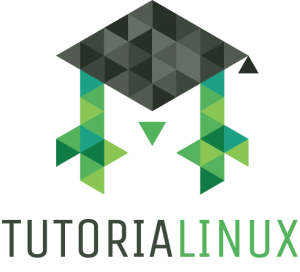This is a post to answer the most common questions I get about my software/hardware choices — my “everyday carry.” If you’re wondering about something that’s not posted here, just send me a message on Twitter, YouTube, or Patreon.
Which Operating System (Linux Distribution) do you use in your YouTube videos?
I use a minimal install of Ubuntu in the vast majority of my YouTube videos. I chose this because it’s extremely common for people to get started with Ubuntu Linux, and this gives them an easy onramp to learning system administration skills. You can follow along with all of my videos by just opening an Ubuntu terminal and starting to type commands.
In my Red Hat certification videos, I’m obviously using Red Hat (centos, actually). In the FreeBSD videos, I’m using FreeBSD (surprise, again!).
Which Linux Distribution do you use at home/work?
At home: I use Arch Linux for my “get work done” machines at home, although I’ve used others in the past (Ubuntu, Yellow Dog Linux, far too many others to name).
In my own products/services/consulting: I use a mixture of Debian and FreeBSD on most of my cloud servers and physical machines.
At work: I’ve administrated and built infrastructure using Ubuntu, RHEL/Centos, Debian, Alpine (with Docker), and some of the BSDs.
Which text editor(s) do you use?
I use vim for system administration on remote machines, and Sublime Text for local software development. I also love emacs and (surprisingly!) vscode. If you want to quickly see some of the coolest Sublime Text features, check out this video:
Which Desktop/Window Manager Are You Using?
I use lightdm and the i3 tiling window manager (i3wm), and all the standard add-ons (i3status, dmenu). I made a Basic i3 tutorial video playlist on YouTube:
It takes about an hour to get comfortable, and then you’ll be 3-4 times as fast as you’re used to on a point-and-click, single-desktop graphical user interface.
I also use the gnome 3 terminal, because of its nice out-of-the box experience. I don’t customize my terminal colors in the tutorial videos, but if I did, I’d use terminal.sexy.
How Do You Record Your Linux Tutorial Videos?
I use a Windows machine to film the screencast, which is happening inside a VirtualBox VM. I use the CyberLink screen recorder, which is awful but not bad enough for me to switch to something else yet. I switched away from CyberLink’s video editing tool because it’s the worst video editing environment I’ve ever seen.
Now I edit video with Final Cut Pro X on a Macbook Pro, and it’s wonderful…I don’t care what the naysayers say.
Why are you doing Linux tutorials on a Windows Machine?
I’ve tried; trust me. Oh how I tried. Several times, over several years, I tried to film and edit video on a Linux workstation, and several times I gave up in frustration. Buggy, feature-poor software, crashes, data loss. I almost went crazy. I hear things have gotten better in Linux-video-editing-land, but Final Cut Pro is so nice that I’m not going to switch back anytime soon.
